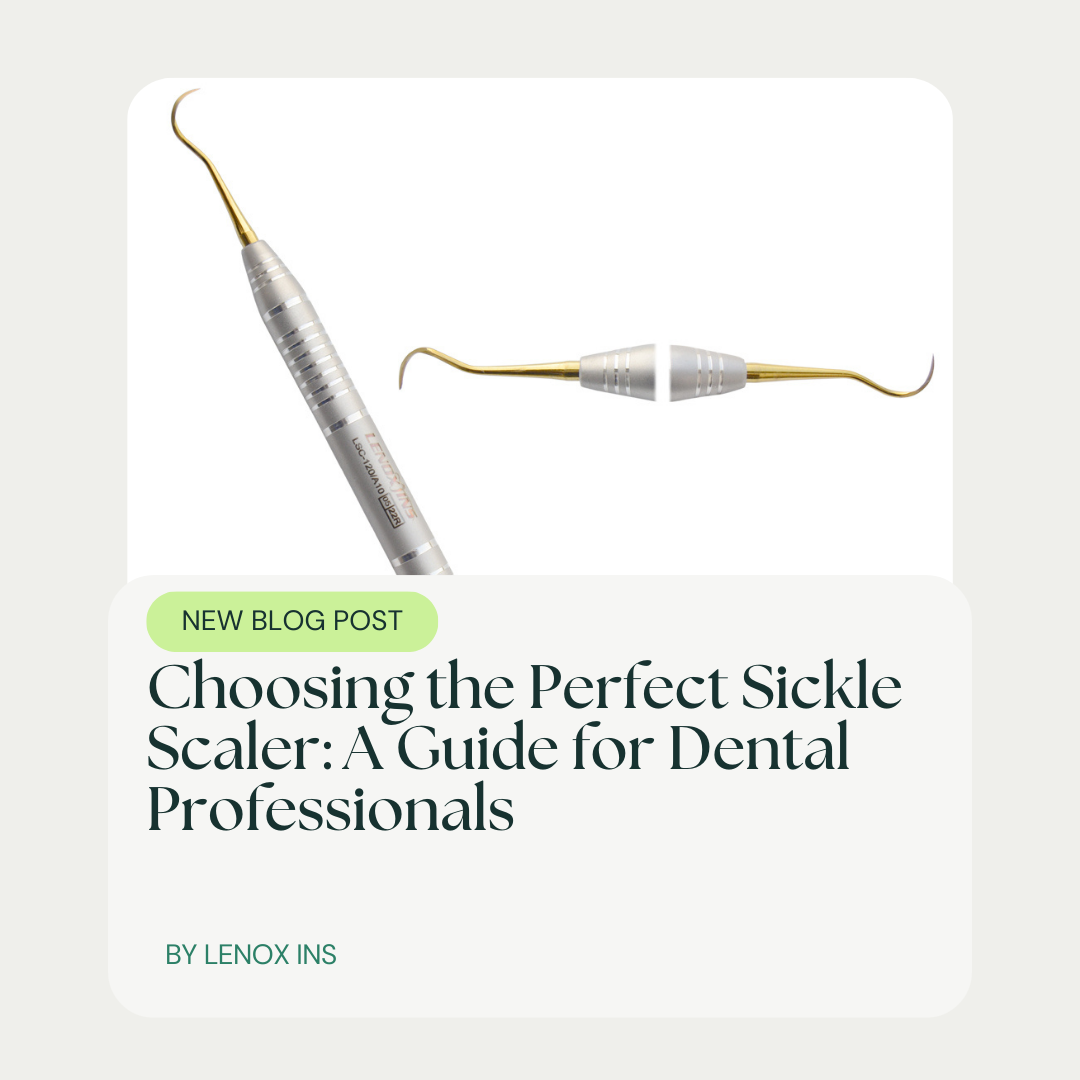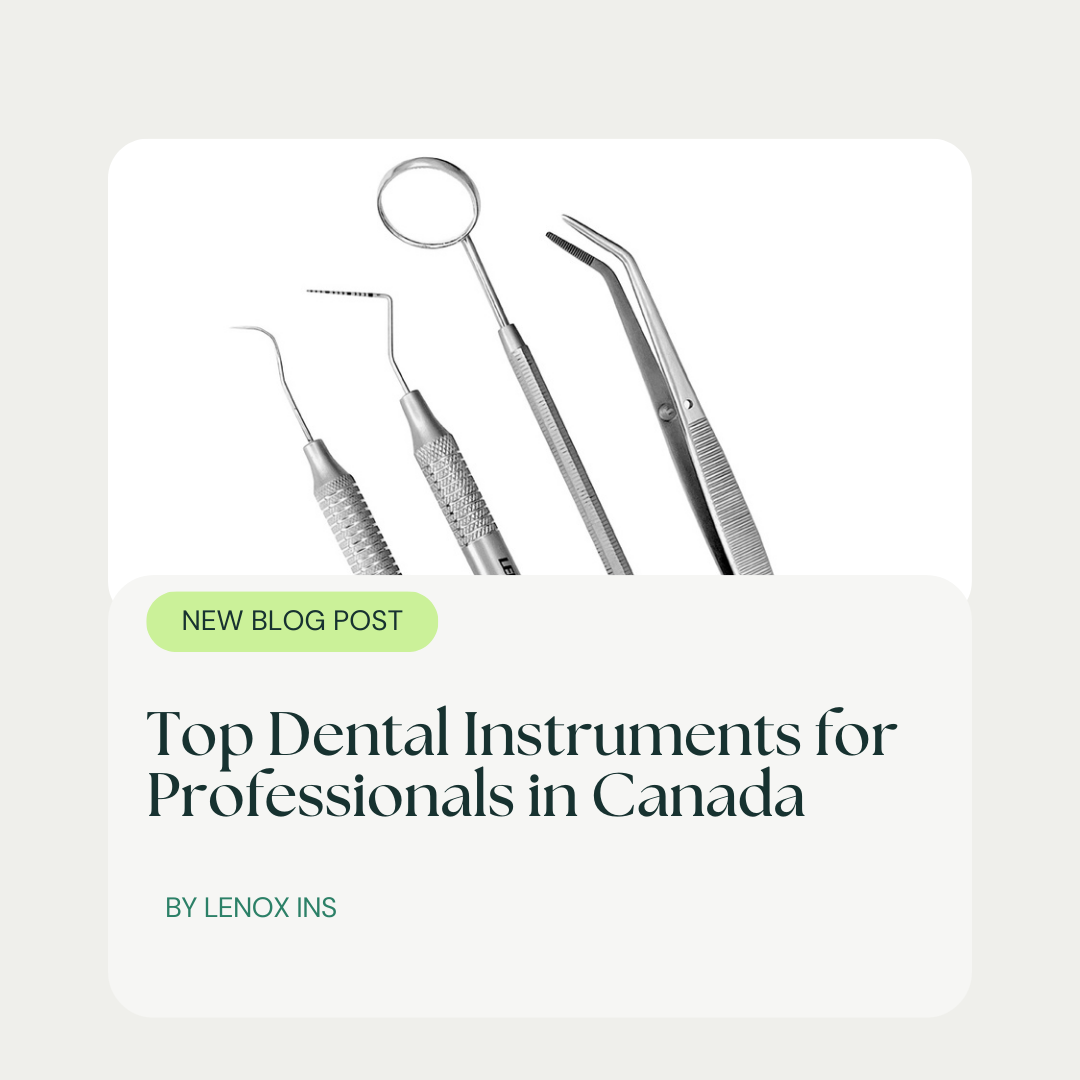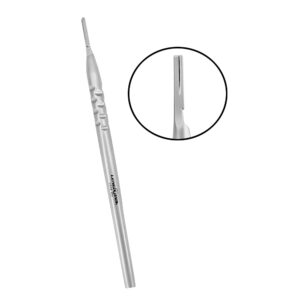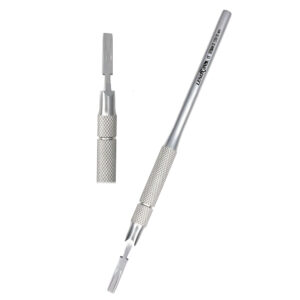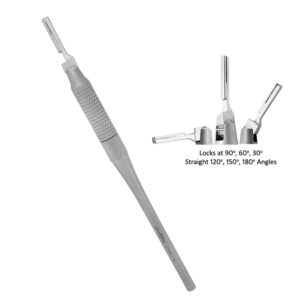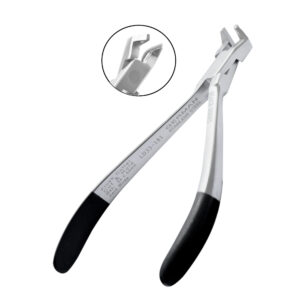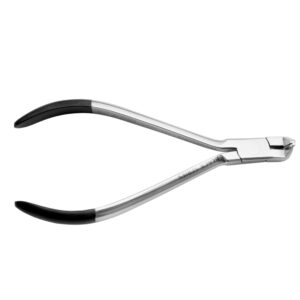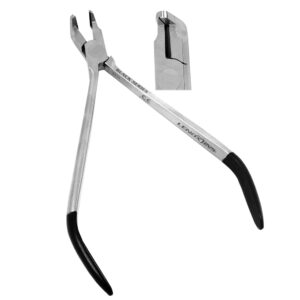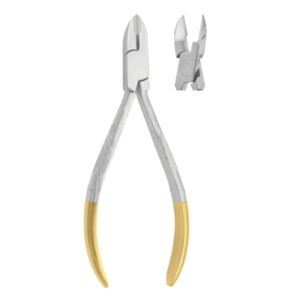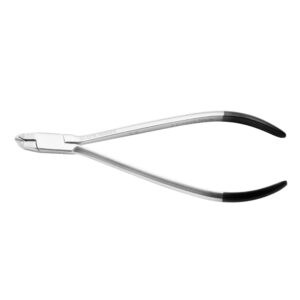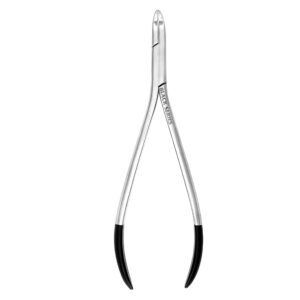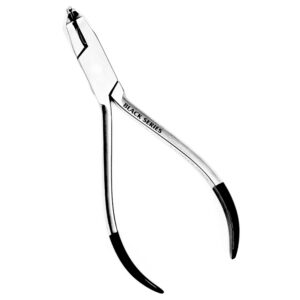Ontario Dental Association (ODA) Annual Spring Meeting (ASM) Toronto
- Posted April 30, 2025
- by LENOX INC CANADA
The Ontario Dental Association (ODA) is a leading organization dedicated to advancing oral health, supporting dental professionals, and ensuring patients receive quality dental care across Ontario, including Toronto. Whether you’re searching for a dentist in Toronto, exploring dental health tips, or seeking professional dental resources, this guide provides essential information about the ODA’s role in the community.
Understanding the Ontario Dental Association (ODA)-(ASM)
Founded in 1867, the Ontario Dental Association (ODA) is one of Canada’s oldest and most respected dental organizations. Based in Toronto, the ODA serves as a vital resource for:
Dentists & dental professionals – Offering education, advocacy, and practice support.
Patients – Providing access to trusted dental care and oral health information.
Public health initiatives – Promoting preventive dental care across Ontario.
The ODA collaborates with government agencies, healthcare providers, and community organizations to improve dental care accessibility and standards.
Key Services Provided by the ODA(ASM) in Toronto
1. For Patients & Families
Find a Dentist Tool – Locate licensed, ODA-member dentists in Toronto by specialty, location, and language.
Oral Health Education – Reliable resources on dental treatments, hygiene tips, and preventive care.
Advocacy for Affordable Dental Care – Supports programs like:
Healthy Smiles Ontario (free dental care for eligible children & teens).
Ontario Seniors Dental Care Program (low-cost dental services for seniors).
2. For Dentists & Dental Professionals
Continuing Education (CE) Courses – Workshops, seminars, and online training to stay updated on dental advancements.
Practice Management Support – Guidance on dental office operations, insurance, and compliance.
Networking & Events – Annual conferences like the ODA Annual Spring Meeting (one of Canada’s largest dental events).
3. Community Outreach & Public Awareness
National Oral Health Month (April) – Promotes the importance of regular dental check-ups.
School & Community Programs – Free dental education for children and families in Toronto and the GTA.
Why Choose an ODA Dentist in Toronto?
When you visit an ODA-member dentist in Toronto, you benefit from:
High professional standards (all members follow strict ethical guidelines).
Access to the latest dental treatments & technology.
Transparent & patient-focused care.
Meet Lenox Instruments at the ODA(ASM) Conference
We’re excited to announce that Lenox Instruments, a trusted provider of high-quality dental instruments, will be exhibiting at the upcoming ODA Annual Spring Meeting!
Visit us at Booth #1903
Explore our premium dental tools designed for precision and durability
Learn about our latest innovations in dental instrumentation
Can’t attend? Discover our full product line at www.lenoxinstruments.com
As an industry leader, Lenox Instruments is committed to supporting dental professionals with:
✔ Ergonomic, German-crafted instruments
✔ Specialty tools for all dental procedures
✔ Competitive pricing and bulk order options
ODA Membership Benefits for Dental Professionals
Dentists, hygienists, and dental assistants in Toronto can enhance their careers with ODA membership, which includes:
✔ Exclusive educational resources & CE credits.
✔ Legal & regulatory support for dental practices.
✔ Advocacy on policies affecting dental care in Ontario.
✔ Discounts on dental supplies, insurance, and technology solutions.
Frequently Asked Questions (FAQs)
1. How is the ODA different from the RCDSO?
The Royal College of Dental Surgeons of Ontario (RCDSO) regulates dental licenses and enforces standards.
The ODA focuses on professional support, education, and patient advocacy.
2. Does the ODA offer emergency dental care referrals?
Yes, the Find-a-Dentist tool helps locate emergency dentists in Toronto for urgent care needs.
3. How can I contact the ODA’s Toronto office?
Address: 4 New Street, Toronto, ON M5R 1P6
Phone: 416-355-2274
Email: hmcdowell@oda.ca
Website: https://asm.oda.ca/
Final Thoughts
The Ontario Dental Association (ODA) in Toronto plays a crucial role in maintaining high standards for dental care in Ontario. Whether you’re a patient seeking a trusted dentist in Toronto, a dental professional looking for career support, or searching for quality instruments from Lenox Instruments, these resources can help you achieve optimal oral health.
Don’t forget to visit Lenox Instruments at Booth #1903 at the ODA conference!
For more updates, follow the ODA on social media:
Facebook: @OntarioDentalAssociation
Instagram: @ontariodentalassoc
LinkedIn: Ontario Dental Association

